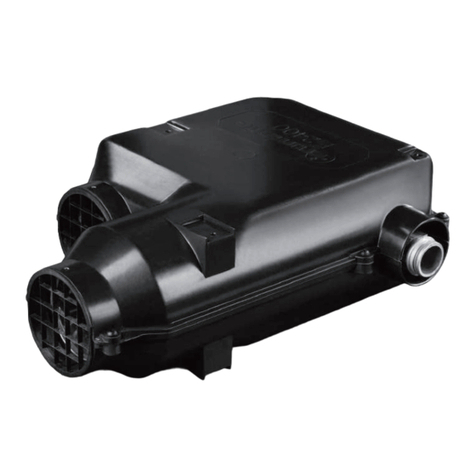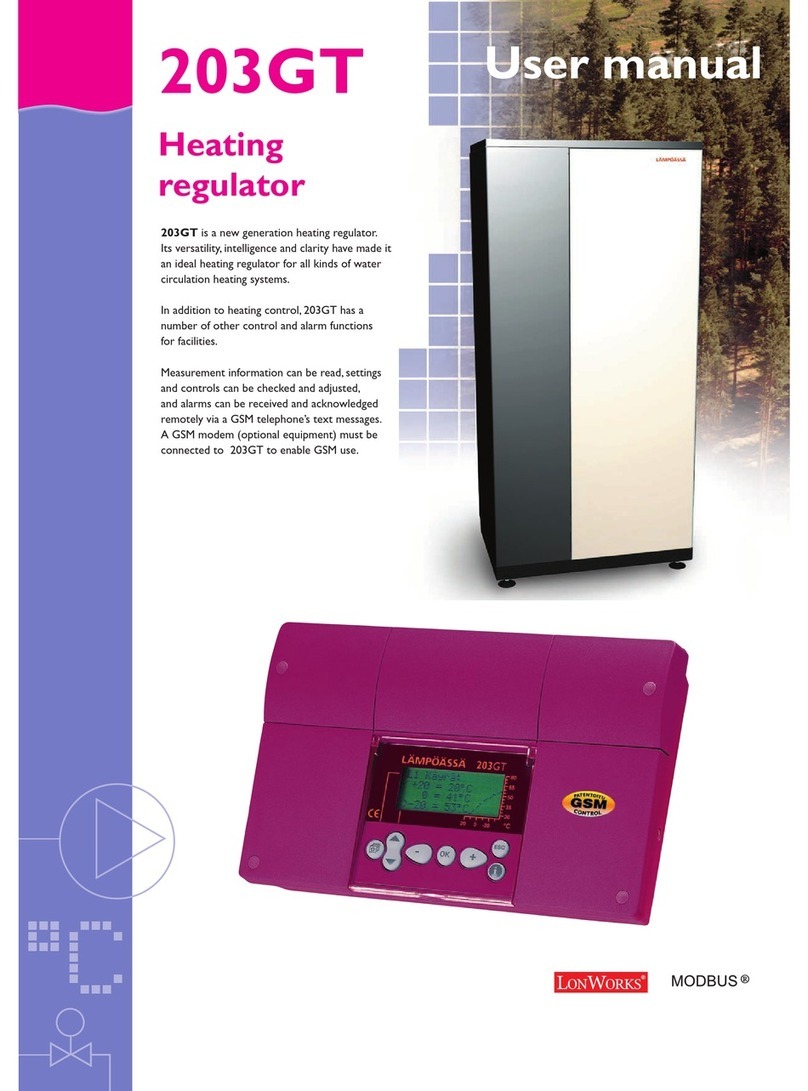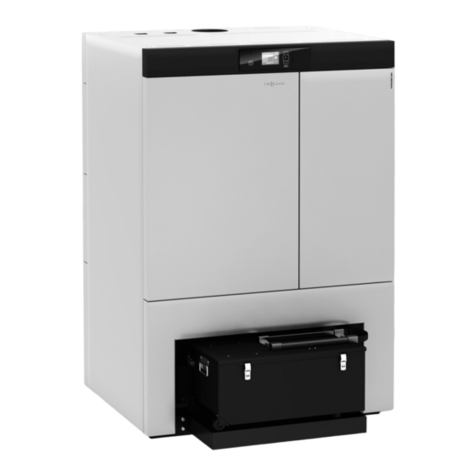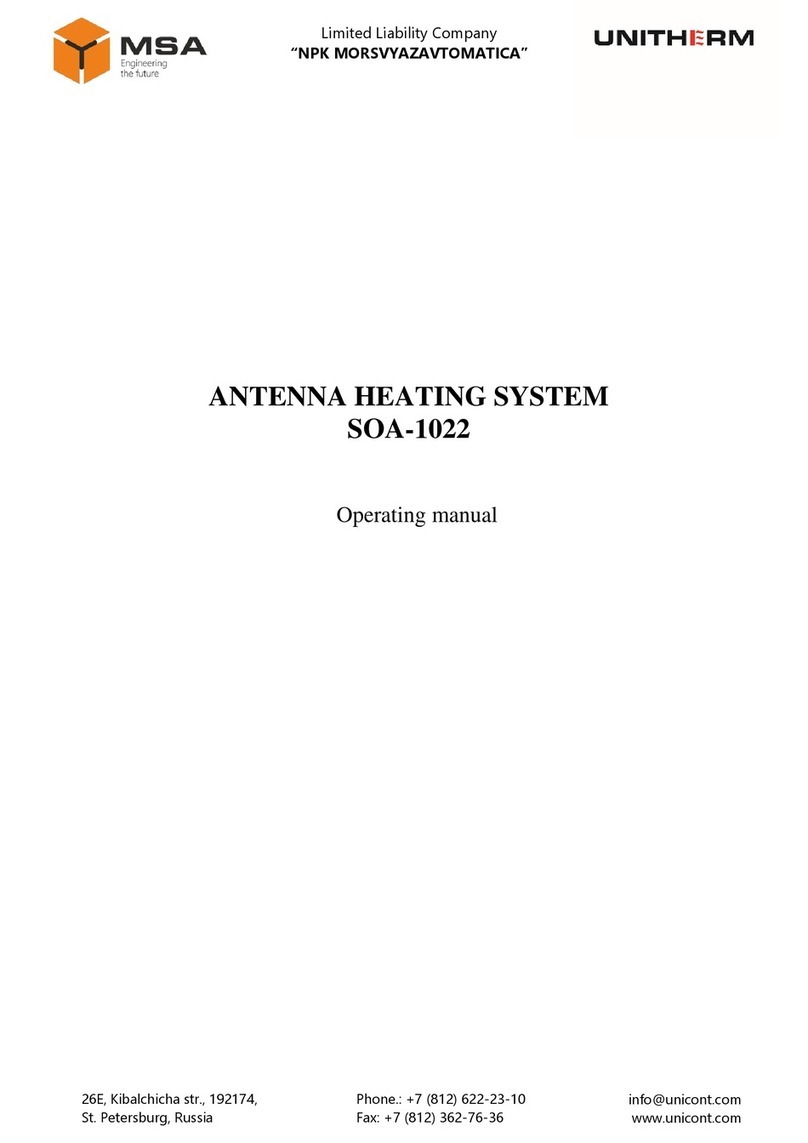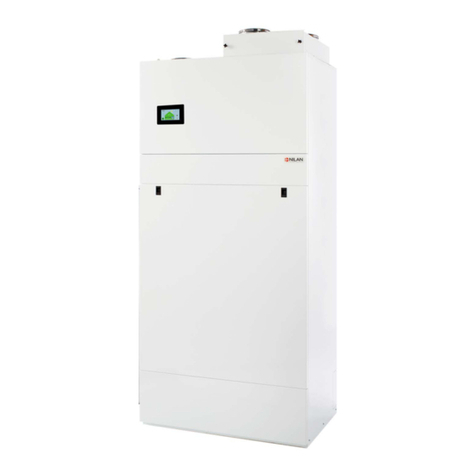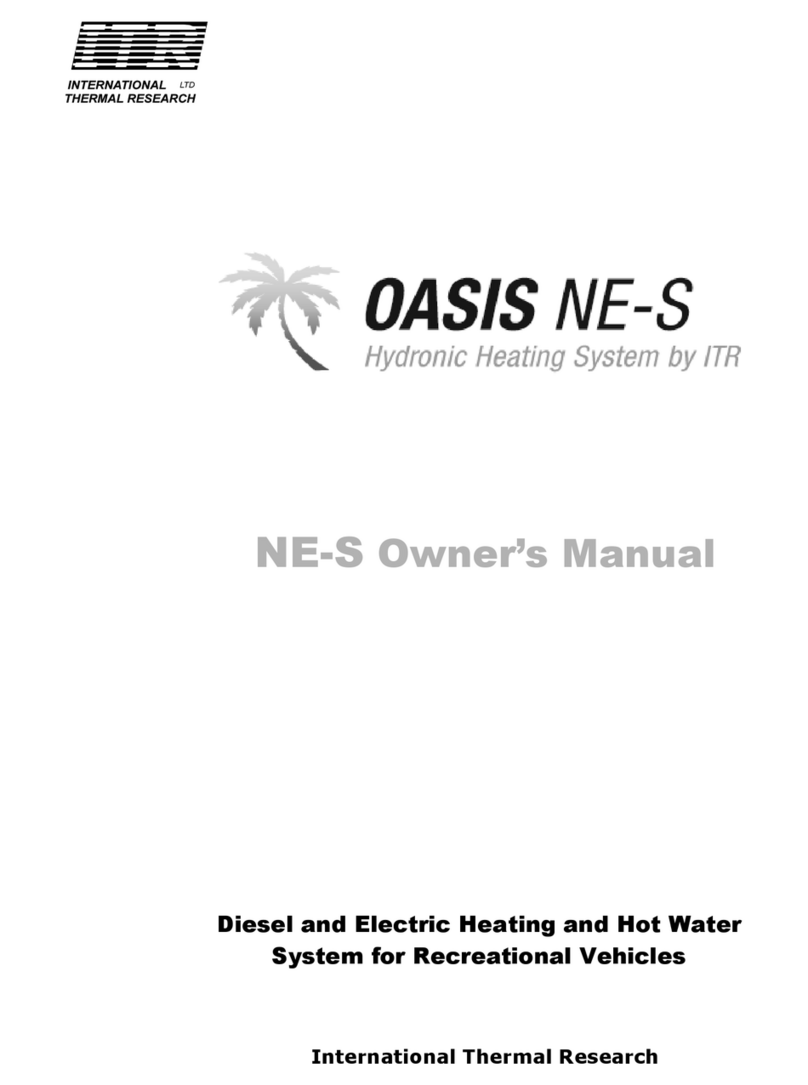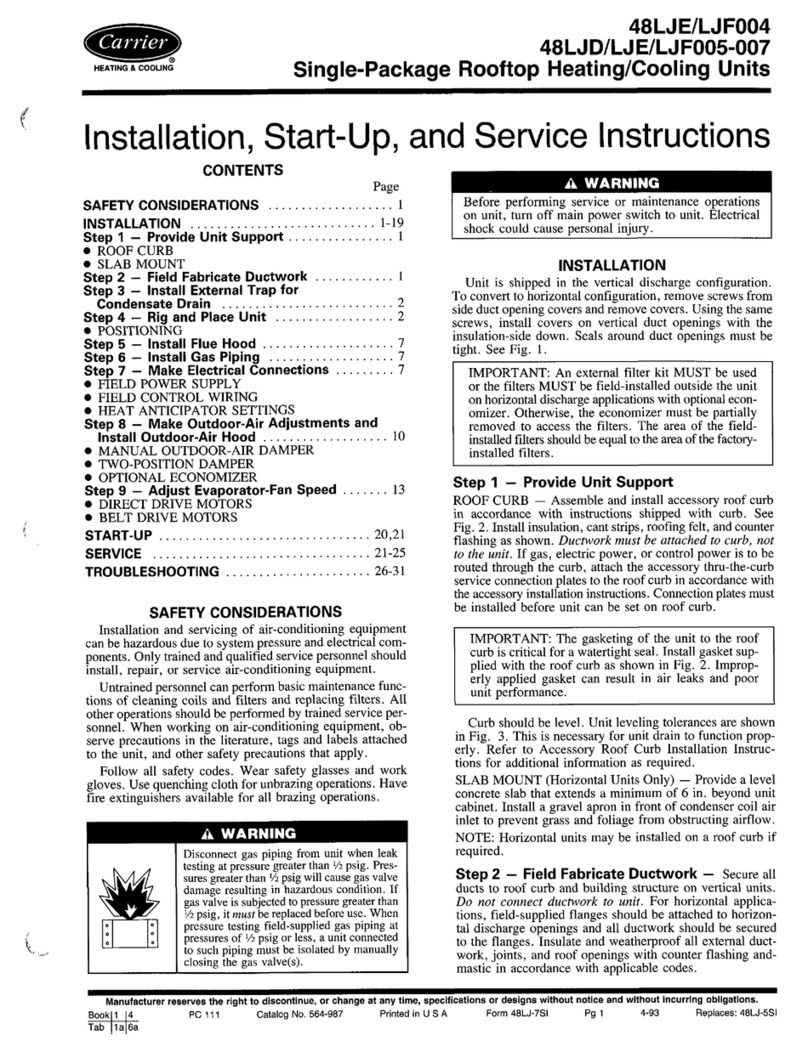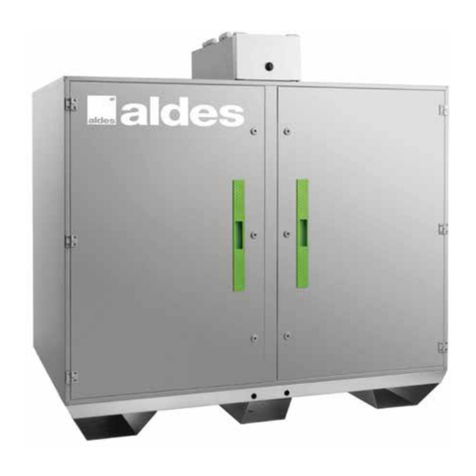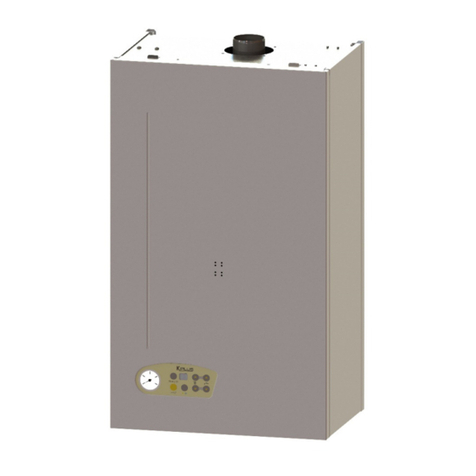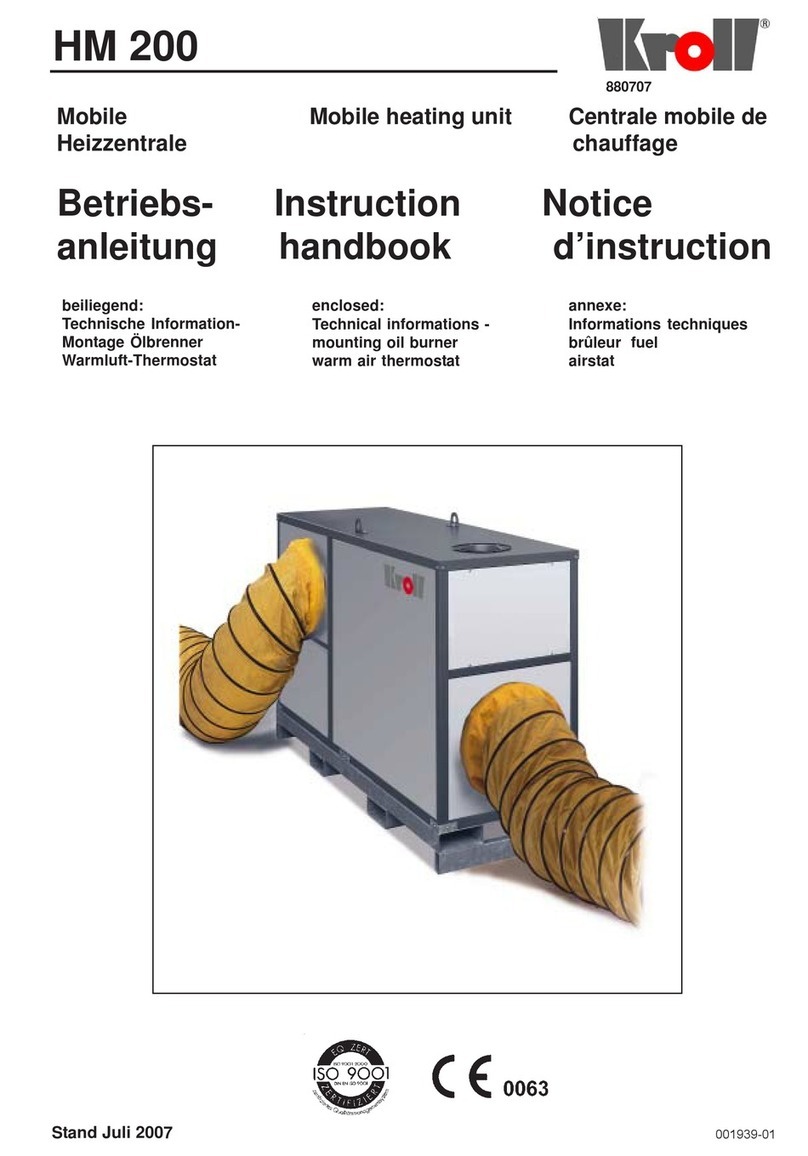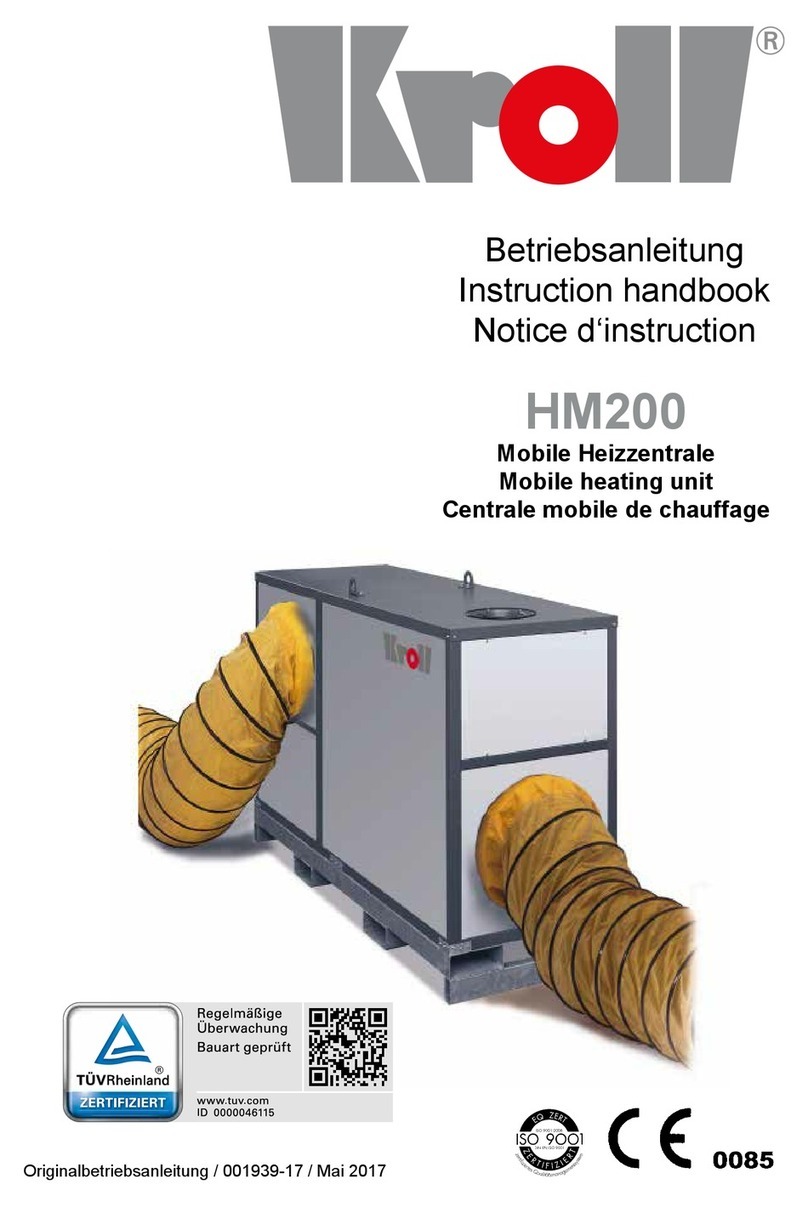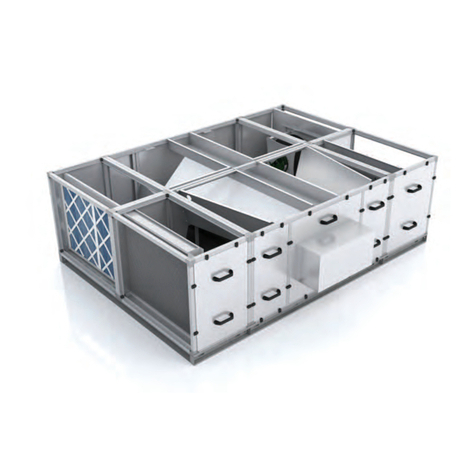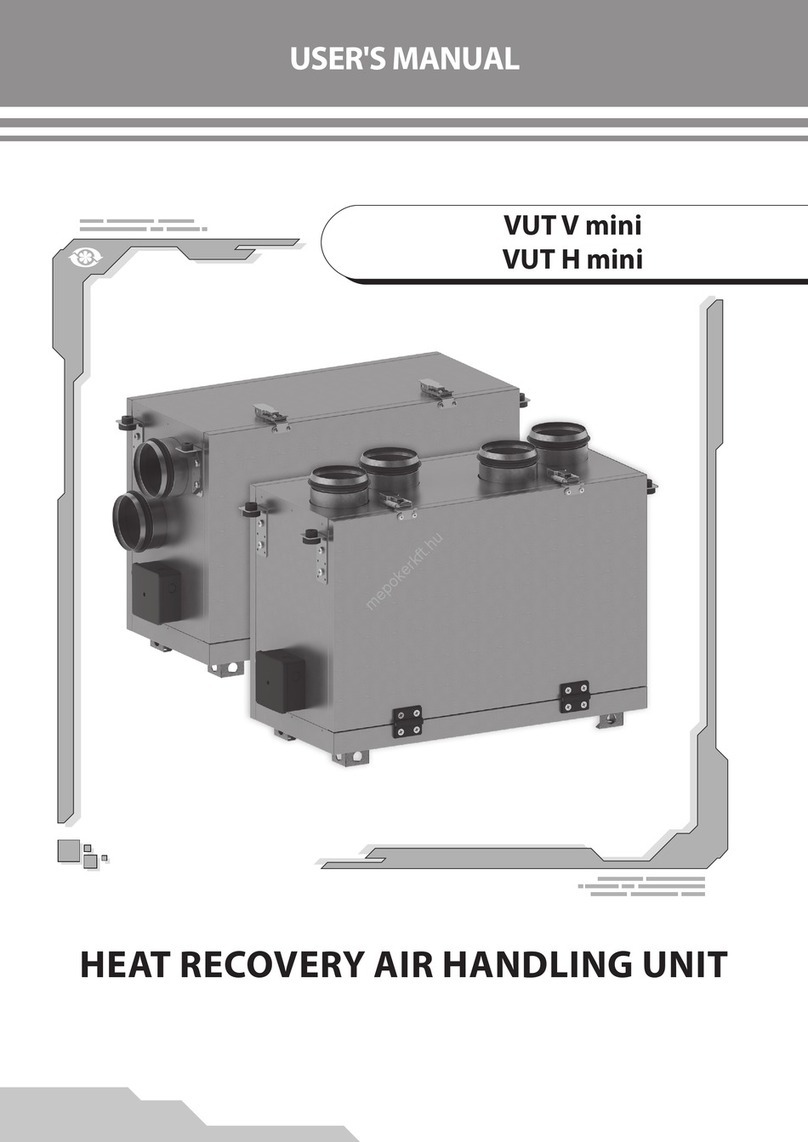
User Guide
Notices
© Agilent Technologies, Inc 2019
No part of this manual may be reproduced in
any form or by any means (including elec-
tronic storage and retrieval or translation into
a foreign language) without prior agreement
and written consent from Agilent Technolo-
gies, Inc. as governed by United States and
international copyright laws.
Manual Part Number
G6680-90000
Edition
First edition, November 2019
Printed in USA
Agilent Technologies, Inc.
2850 Centerville Road
Wilmington, DE 19808-1610 USA
安捷伦科技 (上海)有限公司
上海市浦东新区外高桥保税区
英伦路 412 号
联系电话:(800)820 3278
Warranty
The material contained in this document is
provided “as is,” and is subject to being
changed, without notice, in future editions.
Further, to the maximum extent permitted by
applicable law, Agilent disclaims all warran-
ties, either express or implied, with regard to
this manual and any information contained
herein, including but not limited to the
implied warranties of merchantability and fit-
ness for a particular purpose. Agilent shall
not be liable for errors or for incidental or
consequential damages in connection with
the furnishing, use, or performance of this
document or of any information contained
herein. Should Agilent and the user have a
separate written agreement with warranty
terms covering the material in this document
that conflict with these terms, the warranty
terms in the separate agreement shall con-
trol.
Safety Notices
A CAUTION notice denotes a
hazard. It calls attention to an
operating procedure, practice, or
the like that, if not correctly
performed or adhered to, could
result in damage to the product or
loss of important data. Do not
proceed beyond a CAUTION notice
until the indicated conditions are
fully understood and met.
A WARNING notice denotes a
hazard. It calls attention to an
operating procedure, practice, or
the like that, if not correctly
performed or adhered to, could
result in personal injury or death.
Do not proceed beyond a WARNING
notice until the indicated conditions
are fully understood and met.
